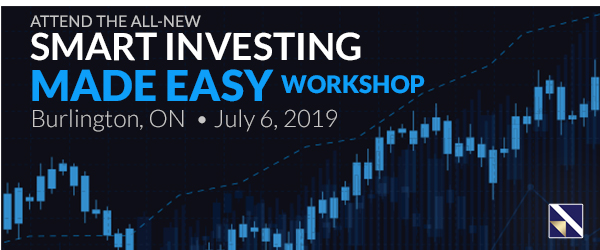When is the best time to buy CNR? Or Shopify? Or any other quality stock? It’s a question that is coming up more often now in our Tuesday Q&A webinars as the market has started rising again after a pullback. You may have sold good stocks during the pullback, and now you’re wondering, when is the best time to buy them back? Here are the factors you will want to consider.
Market Timing
You need to make sure the pullback is over, and the uptrend has resumed. On Tuesday, June 11th we got a green light in the price column. If, in your trading plan, (we all have one, don’t we?), your timing signal is the Green Light Buyer, you should have been ready to step in and buy stocks as early as Wednesday, June 12th, as long as the market continued to rise. (It didn’t.) The next fastest timing signal would be the GLB/RT Kicker followed by the DEW and Confirmed Calls.
Stock Analysis
When is it okay to buy from a stock analysis perspective? In Lesson 2 of our Successful Investing Quick Start Course, located on the Training Tab, we teach four tips to know when to sell a stock. Each one can be seen on a graph. Let’s think about that. If there are four signals that tell you to sell, if the opposite happens, you’ve got four signals that should trigger a buy. So, let’s just flip the sell signals to get four principles for buying:
- Buy stocks that have low volatility and smooth price patterns from bottom left to upper right on a 1-year graph. The definition of stocks in an uptrend is that they are hitting higher highs and higher lows, so let’s look for that.
- Price should be above its 40-day moving average but not extended so far above that a pullback or “reversion to the mean” is likely to happen.
- Relative Timing, RT should be greater than 1.0 and trending up or at least not trending down.
- Wait for a BUY Rating. By design, the Buy Rating ensures that an uptrend is underway or continuing and encourages the purchase of stocks with good fundamentals. No stock can get a “B” or BUY REC unless both the RT and VST are above 1.0 and Price is above its Stop-Price. Stocks with high RV, RS values receive “B” ratings more readily than those with low RV, RS values. Some stocks with weak fundamentals may never receive a “B” rating regardless of how high their RT values become.
QuickTests
How well does it work? I wanted to check it out objectively, so I created a simple search to replicate the four principles as closely as possible. Then I ran Quicktests of the top 10 stocks. The results were excellent, even without the benefit of checking the graphs before buying. Here are the search criteria: 1. Sort by CI DESC to find stocks with low volatility. 2. Stock Price MA (1) is currently above MA (40) and has been for the past 1 days. (ProTrader premium plug-in is required for this technical criteria) 3. RT > 1.0. and 4. Stock REC = Buy.
Here are the QuickTest results using various timing signals around the recent bottom to 6/11/2019.
| SIGNAL | DATE | WINNERS/LOSERS | % PRICE CHANGE | TOTAL ARR |
|---|---|---|---|---|
| Primary Wave Up | 12/31/2018 | 8/2 | 34.48% | 77.73% |
| Green Light Buyer | 1/4/2019 | 9/1 | 45.01% | 104.05% |
| DEW | 1/10/2019 | 9/1 | 36.40% | 87.46% |
| Confirmed Up Call | 1/15/2019 | 8/2 | 24.67% | 61.31% |
I created the same search in the US database and ran Quicktests using the same timing signals. The results were good, beating the overall market in every test, but not nearly as good as the Canadian results.
This is far from an exhaustive sample, but I also studied a hundred graphs and more that showed the value of adhering to the above four principles. I encourage you to do your own testing and study the graphs. I’m certain you’re going to find it’s easy to MAKE MONEY WITH BUY-RATED STOCKS.











Leave A Comment